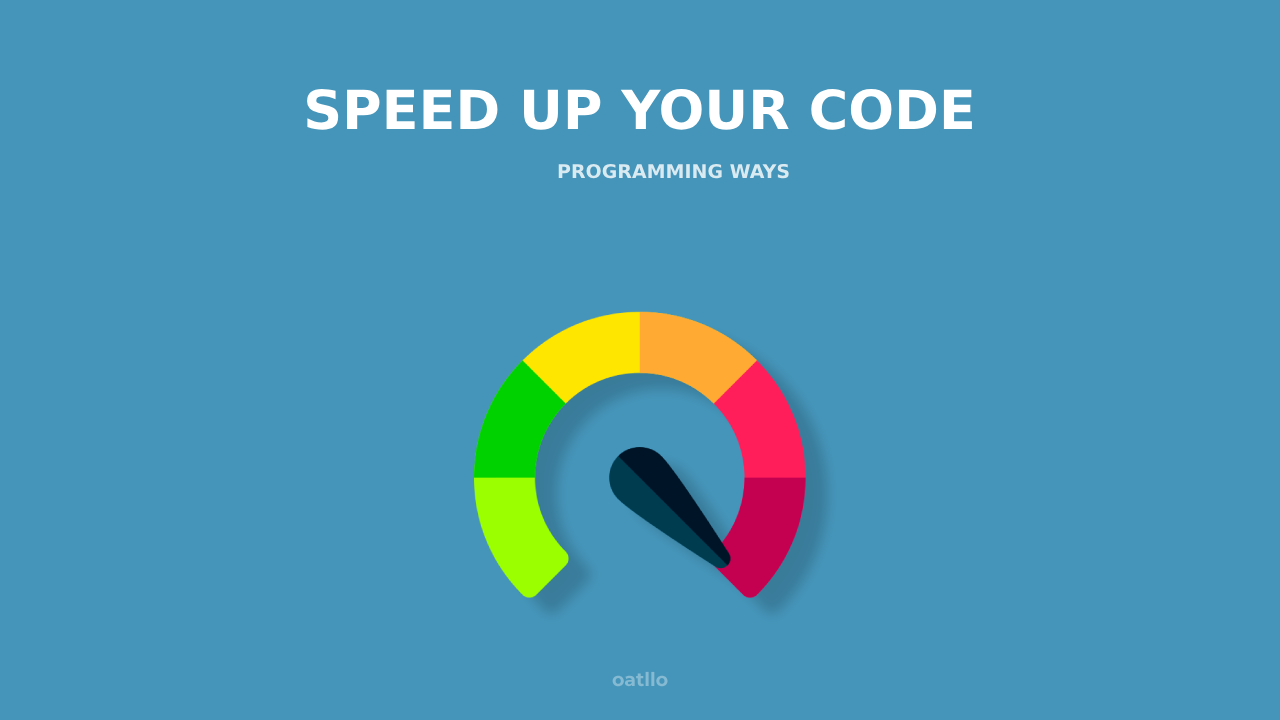PHP Performance Optimization Techniques for Faster Applications
Why Performance in PHP Matters
Poor performance entails:
- High bounce rates
- Poor user experience
- Lower search rankings
- Increased server costs
Optimizing PHP means creating an efficient code and eliminating all possible bottlenecks while relying on varied tools to analyze and improve your application.
1. Use an Opcode Cache (e.g., OPcache)
PHP scripts are compiled to opcodes on every request unless cached.
Solution: Enable OPcache
- PHP installations usually include OPcache by default.
- Enable it in
php.ini:
opcache.enable=1
opcache.memory_consumption=128
opcache.max_accelerated_files=10000
This drastically reduces CPU time on repeated requests.
2. Optimize Autoloading – PHP Performance Optimization
Composer Optimization
Run:
composer dump-autoload -o
That generates a fully optimized classmap autoloader, making class discovery significantly faster. Use PSR‑4 and avoid unnecessary files that are included in composer.json.
3. Profile Your Code to Find Bottlenecks
Use profiling tools like:
- Xdebug + Webgrind
- Blackfire
- Tideways
These tools show:
- Execution time per function
- Memory usage
- Call hierarchy
Once you locate hotspots, you can optimize the specific functions that are slowing things down.
4. Cache Everything You Can
Application Caching
Use tools like Redis or Memcached to cache:
- Expensive DB queries
- Rendered views
- API responses
Laravel example:
Cache::remember('users', 3600, fn () => User::all());
Opcode + Data + HTTP Caching
Combine different cache types:
- OPcache – speeds up code execution
- Redis – speeds up data access
- CDN Cache – reduces server load
5. Minimize Database Queries – PHP Performance Optimization
N+1 problems can kill performance.
Bad Example
foreach ($posts as $post) {
echo $post->user->name;
}
Solution: Use Eager Loading
$posts = Post::with('user')->get();
Also:
- Use indexes on search/filter fields
- Optimize your schema (e.g., avoid unnecessary
TEXTcolumns) - Use pagination instead of fetching huge datasets
6. Use Asynchronous Processing
Offload slow tasks to queues:
- Email sending
- PDF generation
- API calls
Laravel example:
php artisan queue:work
SendWelcomeEmail::dispatch($user);
Asynchronous processing keeps your app responsive.
7. Avoid Repeating Expensive Operations
Memoization in Code
private $settings;
public function getSettings() {
if (!isset($this->settings)) {
$this->settings = Setting::all();
}
return $this->settings;
}
Shared Caches
Don’t query the DB 100 times for the same config on one request. Store frequently used data in Redis or even static arrays.
8. Minify and Bundle Assets
- Use tools like Vite, Webpack, or Laravel Mix
- Compress CSS/JS
- Serve via CDN
- Enable GZIP or Brotli
9. Avoid Heavy Loops and Recursion
Avoid
for ($i = 0; $i < count($array); $i++) {
...
}
Use
$length = count($array);
for ($i = 0; $i < $length; $i++) {
...
}
Also:
- Avoid deep nesting
- Break large functions into smaller reusable chunks
- Use native functions (
array_map,in_array) where possible
10. Use Efficient Data Structures
Pick the right data structure for the job.
- Arrays vs. Objects – objects can be slower in tight loops
- Use associative arrays for fast key‑value access
- Avoid storing thousands of items in memory: use generators or streams
PHP Generators Example
function streamFileLines($filepath) {
$stream = fopen($filepath, 'r');
while (!feof($stream)) {
yield fgets($stream);
}
}
11. Use HTTP/2 and Keep‑Alive
Enable HTTP/2 on your web server (NGINX or Apache) for multiplexed requests.
12. Remove Unused Services and Middleware
- Disable debug mode in production
- Remove unused service providers (Laravel)
- Limit global middleware to what’s essential
- Avoid booting unnecessary packages unless needed
13. Use Lazy Loading Where Applicable
Laravel supports model lazy loading, but uncontrolled use may hurt performance.
Model::preventLazyLoading(); // in development
14. Optimize Blade and Templating Engines
- Use compiled views – Laravel caches compiled Blade files
- Avoid complex logic in templates
- Avoid unnecessary includes inside loops
- Use
@onceor@pushfor repetitive sections
15. Monitor Performance in Production
Use tools like:
- New Relic
- Blackfire.io
- Laravel Telescope (for local)
Monitoring lets you identify:
- Slow endpoints
- Memory leaks
- Repeated DB queries
- Slow external API calls
Always observe real‑world usage before making optimization decisions.
PHP Performance Optimization
From performance optimizations in PHP, each application can be transformed from slow to high‑speed backends. Optimizing an SQL query or caching, queuing, and profiling the execution of a code—even a little—counts. Performance tuning will never end; it will just be abandoned someday. By following these best practices, you will always have a faster, more responsive PHP application for your users and clients.









